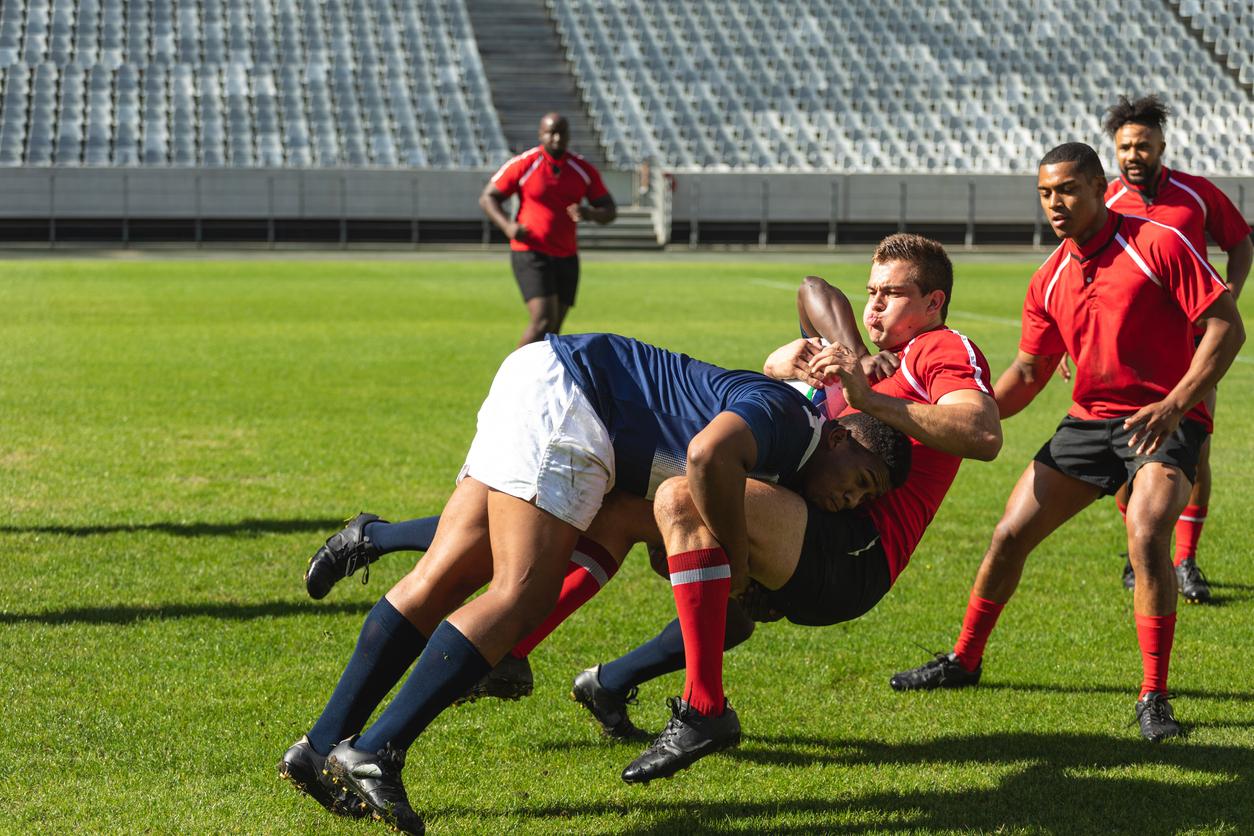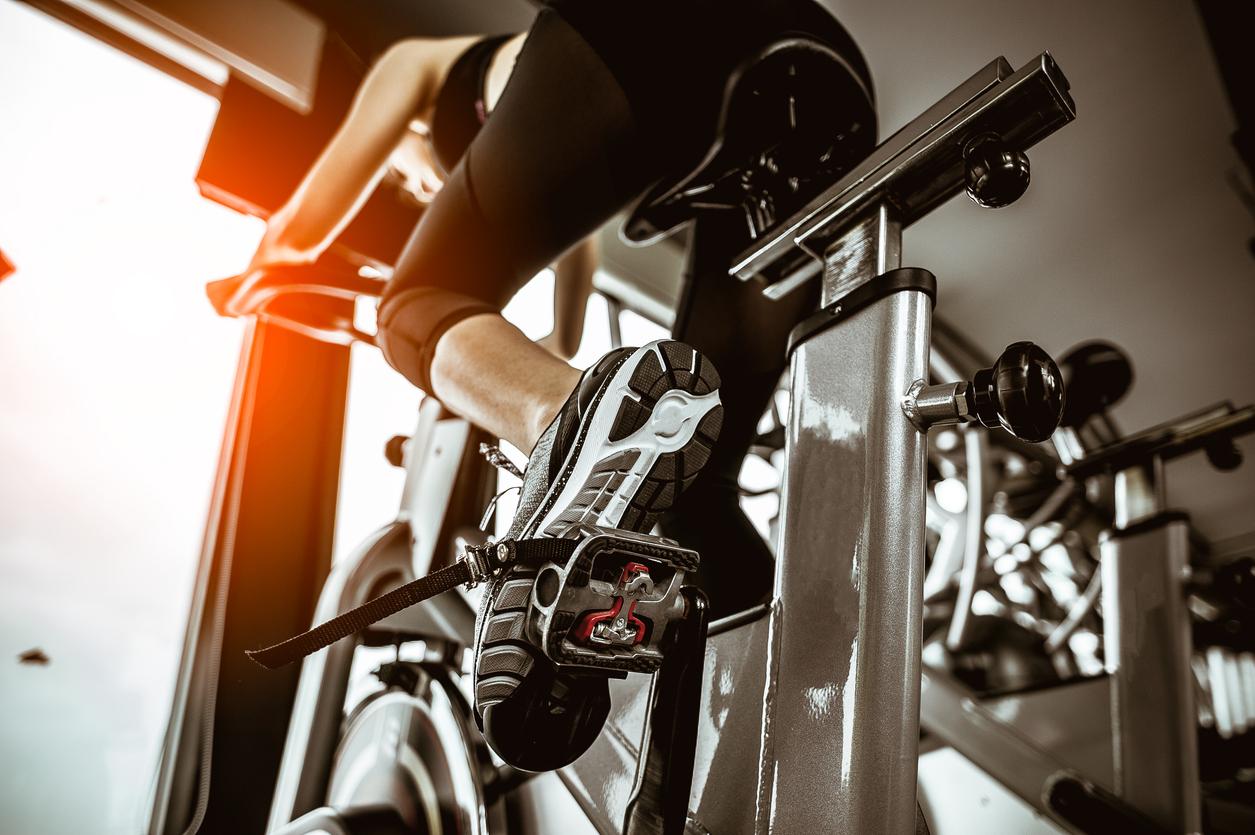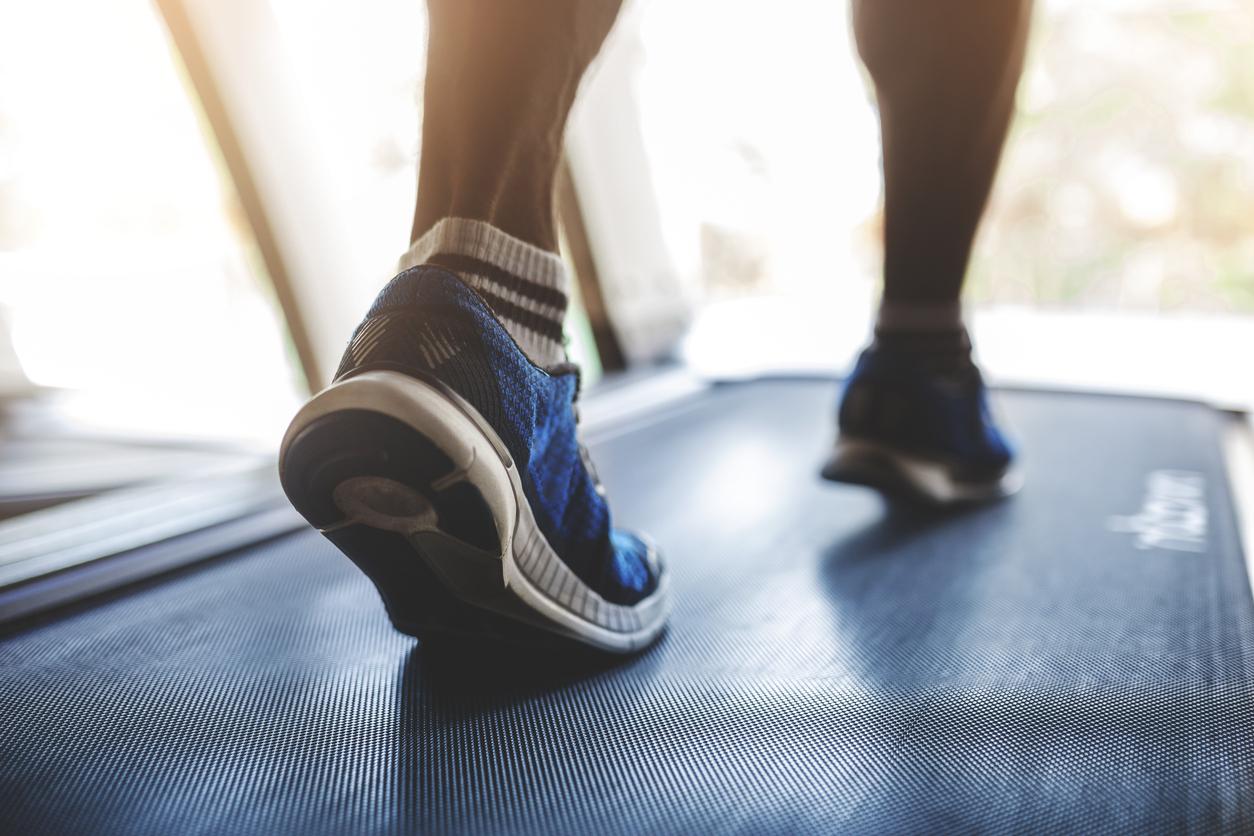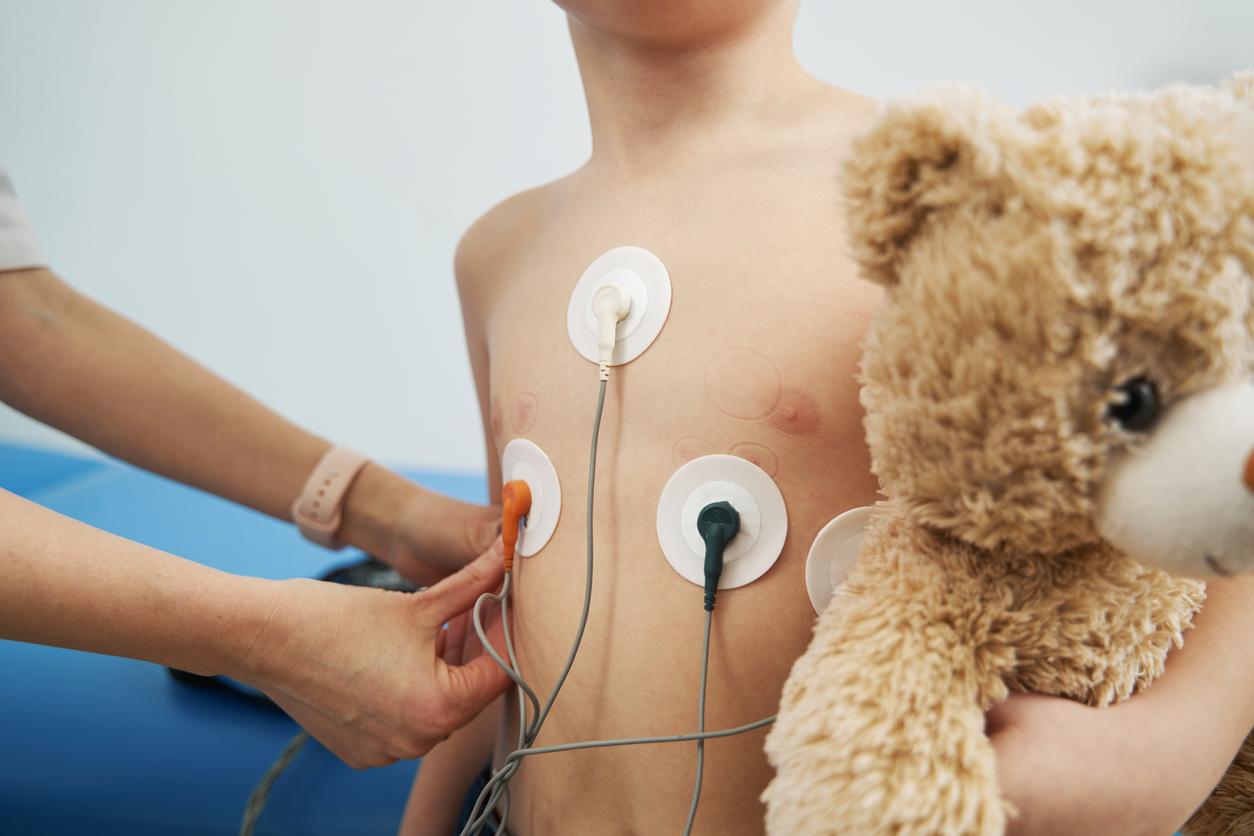In adults with bipolar disorder, increasing the level of physical activity helps boost their mood and energy.
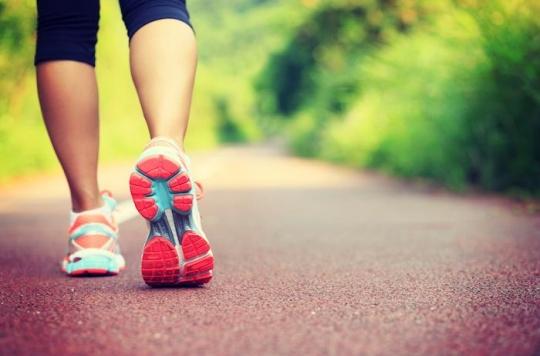
Bipolarity, which is characterized by an alternation of depressive phases and phases of excitement, affects around 600,000 people in France. Classified as one of the ten most costly and disabling diseases by the World Health Organization, it remains largely unrecognized. But several recent studies provide some solutions to reduce symptoms and reduce hospitalization time, such as adding probiotics to the diet.
Real-time assessment
US researchers have found that physical activity is an effective way to boost mood and perceived energy more pronounced in adults with bipolar disorder. Their results were published in the journal Jama Psychiatry.
For the study, the researchers followed for two weeks a sample of 242 participants, 150 women and 92 men, aged 15 to 84 with an average of 48 years. Of these people, 54 suffered from bipolar disorder. They recorded, thanks to sensors attached to the participants’ wrists, the physical activities in real time. Mood and perceived energy levels were also assessed four times a day. In it, participants were asked to rate their mood level on a scale of 7, ranging from “very happy” to “very sad”, and energy, from “very tired” to “very energetic”.
More marked improvements in bipolar patients
The results showed that, on average, a higher level of activity is associated with an improvement in mood and an increase in perceived energy. Likewise, greater energy helped to increase the level of physical activity performed the next time around. However, physical activity was inversely correlated with sleep duration: the longer it was, the less the person slept and the longer the sleep duration the less the person practiced physical activity the next day.
While these results were seen in all participants, they were even more marked in those with bipolar disorder. This is because of the influence of sleep and physical activity on changes in internal psychological states in these people.
Change the approach
The researchers lamented that most current treatments for mood, sleep or physical activity in people with bipolar disorder are limited to addressing these elements separately without taking into account their interrelationships. “This study illustrates the possibility of combining the use of physical activity trackers and electronic devices to better understand the complex dynamics that these different factors maintain between them”, explains Vadim Zipunnikov, the director of the study.
The researchers wish to go even further in this research of correlation between different factors to improve the condition of bipolar people. They are currently studying the interactions between physical activity, sleep, pain, stress and alcohol consumption.

.










